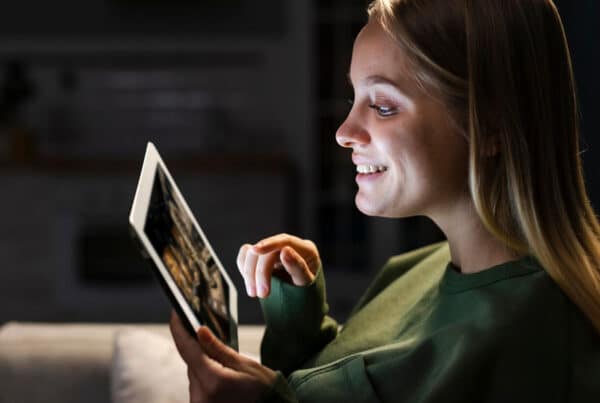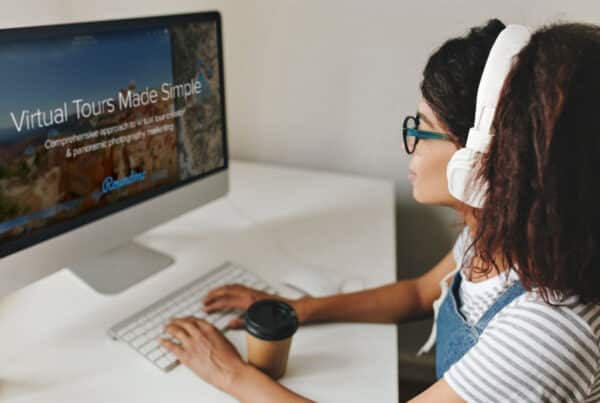Introduction
Universities around the world are not just educational institutions; they are custodians of rich cultural and historical legacies. These campuses, often steeped in history, house significant landmarks, monuments, and buildings that have borne witness to pivotal moments and influential figures. As technology advances, these storied campuses are now accessible to a global audience through virtual tours, allowing people to experience their cultural and historical significance from anywhere in the world. This blog post explores the concept of virtual heritage tours of historic campuses, highlights cultural landmarks, delves into the creation of tours focusing on campus history and legacy, and discusses the role of notable alumni in these virtual experiences.
Virtual Heritage Tours of Historic Campuses
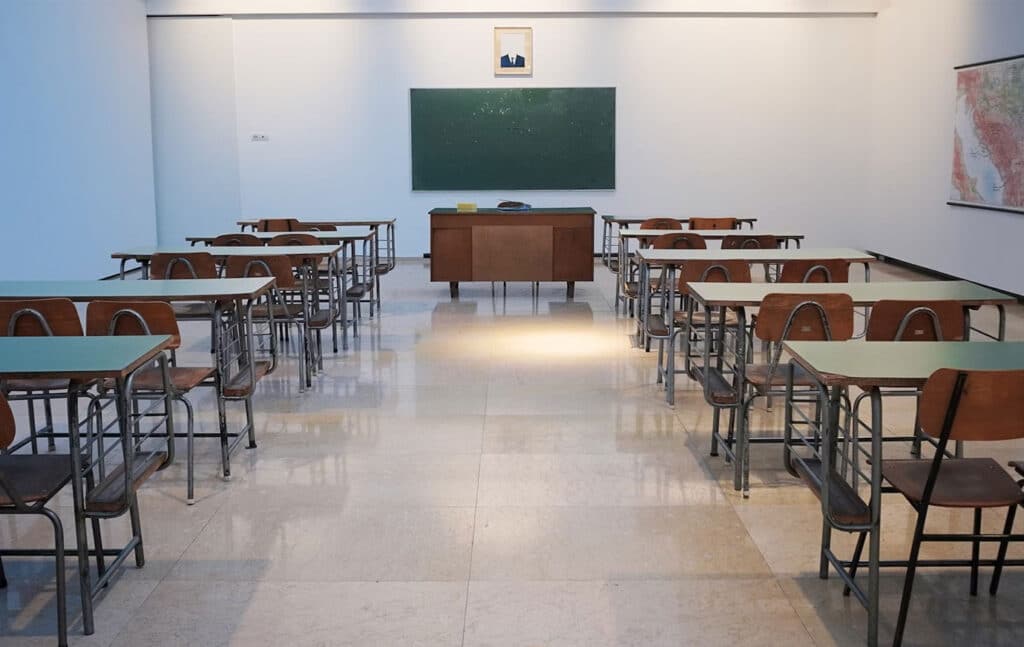
The Evolution of Virtual Tours
The concept of virtual tours has undergone a remarkable transformation over the past few years. Initially limited to simple online photo galleries, virtual tours now leverage advanced technologies like 360-degree photography, virtual reality (VR), and augmented reality (AR) to offer immersive and interactive experiences. Universities are increasingly adopting these technologies to create virtual heritage tours, providing a window into their historical and cultural richness.
Benefits of Virtual Heritage Tours
Virtual heritage tours offer numerous advantages. They break down geographical barriers, making it possible for prospective students, alumni, and history enthusiasts from around the world to explore campuses. These tours provide an accessible and inclusive experience, particularly beneficial for individuals who might face mobility challenges. Additionally, they serve as a flexible alternative for those unable to visit in person due to time or financial constraints.
Highlighting Cultural Landmarks on Campus Through Virtual Tours
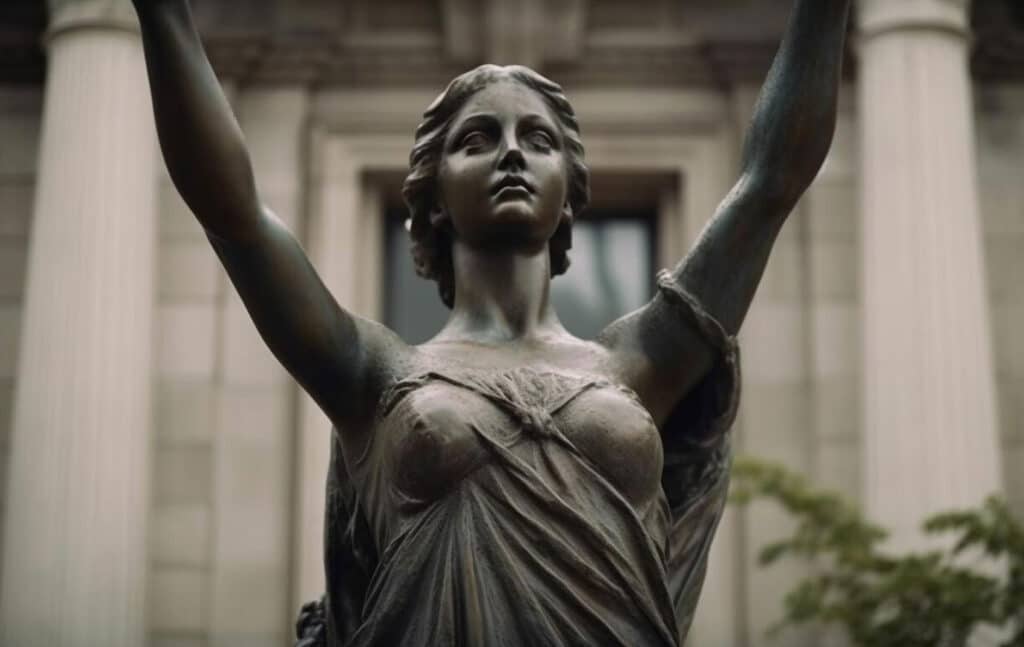
Showcasing Architectural Masterpieces
Many university campuses are home to architectural marvels that represent various historical periods and styles. Virtual tours can effectively highlight these structures, offering detailed insights into their architectural significance and history. For example, a virtual tour of Oxford University could feature iconic buildings such as the Radcliffe Camera, the Bodleian Library, and the Sheldonian Theatre, each accompanied by historical narratives and architectural analyses.
Celebrating Artistic and Cultural Heritage
University campuses often house art galleries, museums, and public art installations that reflect the institution’s cultural heritage. Virtual tours can incorporate these elements, providing visitors with an enriched experience. For instance, a virtual tour of Stanford University might include a detailed exploration of the Cantor Arts Center and its extensive collection of Rodin sculptures, alongside virtual exhibits from the Anderson Collection showcasing modern American art.
Commemorating Historical Events
Campuses are often sites of significant historical events, ranging from groundbreaking academic achievements to social and political movements. Virtual tours can commemorate these events by providing detailed accounts and multimedia presentations. A virtual tour of the University of California, Berkeley, for instance, could highlight Sproul Plaza, the epicenter of the Free Speech Movement, complete with archival footage and testimonials from participants.
Creating Virtual Tours That Focus on Campus History and Legacy
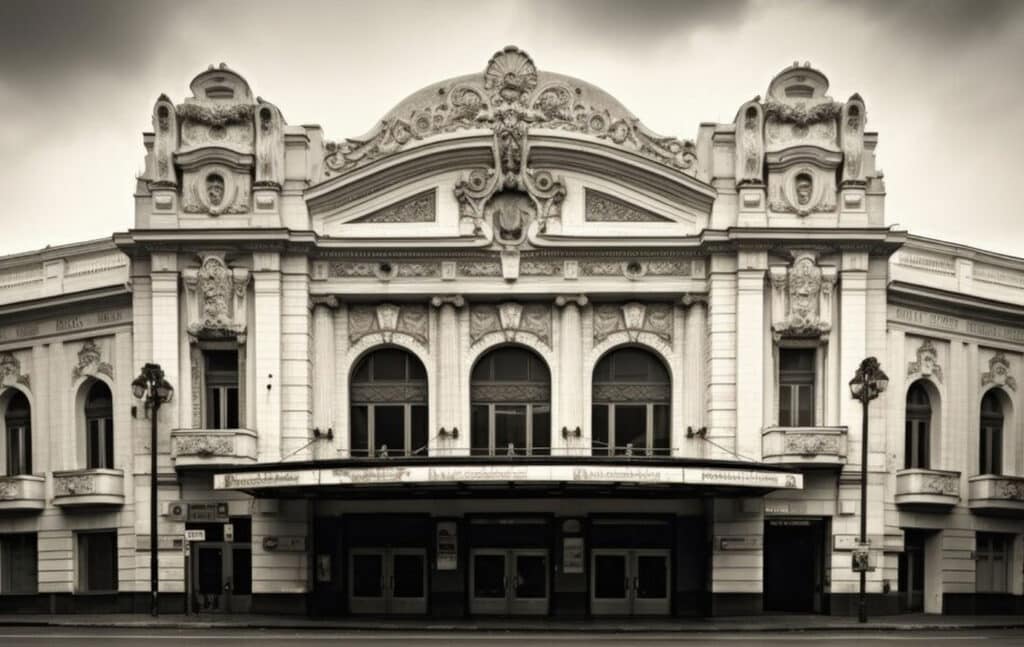
Crafting a Compelling Narrative
A successful virtual tour should weave a compelling narrative that ties together various historical and cultural elements of the campus. This narrative should provide context and connect the past with the present and future. For example, a virtual tour of Harvard University might start with its founding in 1636, delve into its role during the American Revolution, and highlight its contributions to modern-day research and innovation.
Utilizing Multimedia Elements
To create an engaging virtual tour, universities can incorporate a range of multimedia elements such as videos, audio recordings, and interactive maps. These elements bring the campus’s history to life, providing a more immersive and informative experience. A virtual tour of Princeton University could feature audio recordings of lectures by renowned professors, video reenactments of historical events, and interactive maps showing the evolution of the campus over centuries.
Encouraging Interactive Exploration
Engaging the audience is crucial for a successful virtual tour. Universities can include interactive features such as quizzes, scavenger hunts, and VR experiences to encourage exploration and learning. For example, a virtual tour of Cambridge University could incorporate a scavenger hunt that guides users to various historical landmarks, providing clues and historical facts along the way.
Featuring Notable Alumni and Their Contributions in Virtual Tours
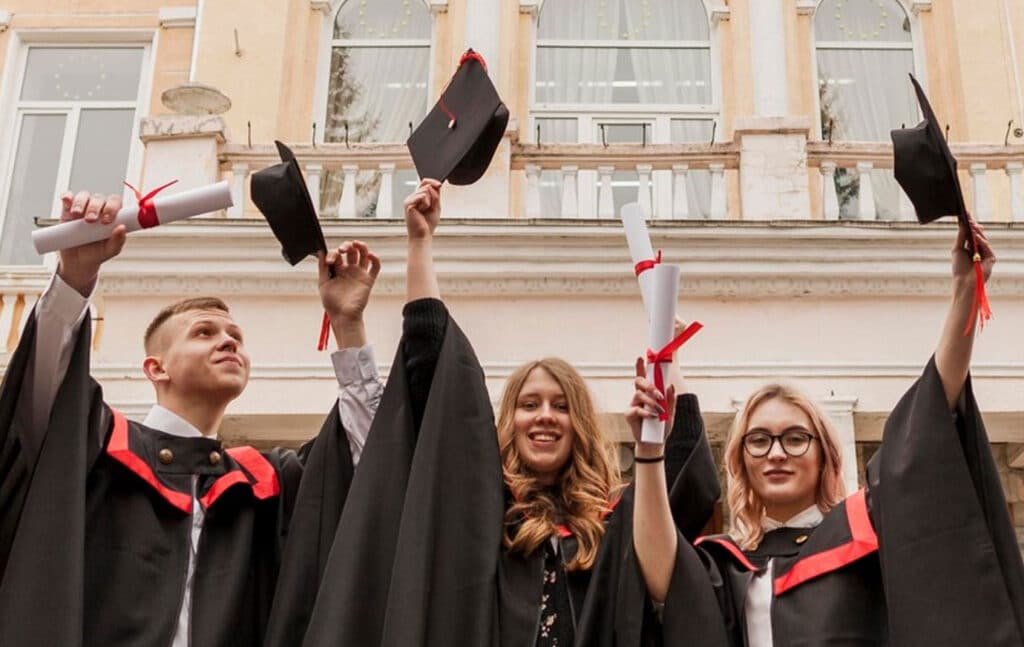
Highlighting Distinguished Achievements
Universities often boast a long list of notable alumni who have made significant contributions to their fields and society. Virtual tours can spotlight these individuals, showcasing their achievements and impact. For instance, a virtual tour of MIT could highlight alumni like Kofi Annan, former Secretary-General of the United Nations, and Buzz Aldrin, astronaut and lunar module pilot on Apollo 11, detailing their time at the university and their career milestones.
Creating Alumni Profiles
To personalize the virtual tour experience, universities can create detailed alumni profiles that provide in-depth insights into the lives and accomplishments of notable graduates. These profiles can include interviews, video clips, and written narratives. A virtual tour of Yale University, for example, could feature a profile on Nobel laureate and former Secretary of State Henry Kissinger, including a timeline of his career and his contributions to international diplomacy.
Showcasing Alumni Contributions to the Campus
Many notable alumni give back to their alma maters through endowments, scholarships, and donations for campus development. Virtual tours can highlight these contributions, demonstrating how they have shaped the university’s growth and future. For example, a virtual tour of the University of Chicago could feature sections on John D. Rockefeller, the university’s founder, and his enduring legacy on the institution’s development.
Summary
Virtual heritage tours provide a unique opportunity to explore the rich cultural and historical tapestry of university campuses. By leveraging advanced technologies, these tours offer accessible, immersive, and engaging experiences that transcend geographical boundaries. Highlighting architectural marvels, artistic heritage, and significant historical events, virtual tours bring campus history to life. Crafting compelling narratives, incorporating multimedia elements, and encouraging interactive exploration are key to creating successful virtual tours. Featuring notable alumni and their contributions adds a personal touch, showcasing the lasting impact of these individuals on their alma maters. As technology continues to advance, virtual tours will play an increasingly important role in preserving and sharing the cultural and historical legacy of universities.
Key Takeaways
- Virtual Heritage Tours: Virtual heritage tours offer a unique and accessible way to explore the historical and cultural significance of university campuses, breaking down geographical barriers and providing inclusive experiences.
- Cultural Landmarks: Virtual tours can highlight architectural masterpieces, artistic heritage, and significant historical events, providing detailed insights and enriching the visitor experience.
- Campus History and Legacy: Creating successful virtual tours involves crafting compelling narratives, utilizing multimedia elements, and encouraging interactive exploration to engage the audience.
- Notable Alumni: Featuring notable alumni and their contributions adds a personal touch to virtual tours, showcasing the lasting impact of these individuals on their alma maters and their fields.
- Future of Virtual Tours: As technology continues to evolve, virtual tours will become increasingly important in preserving and sharing the cultural and historical legacies of universities, providing immersive and engaging experiences for a global audience.
Virtual heritage tours are revolutionizing the way we experience the rich cultural and historical legacies of university campuses. By embracing this technology, universities can offer a deeper and more immersive connection to their storied pasts, attracting prospective students, engaging alumni, and educating history enthusiasts around the world.
Bring your university’s heritage to life with our virtual cultural and historical campus tours.
Explore cultural and historical campus tours with our virtual journeys into university heritage. Discover rich traditions, iconic landmarks, and academic legacies from anywhere. Perfect for students, alumni, and history enthusiasts. Experience the past like never before! Contact us today to start your virtual exploration.


